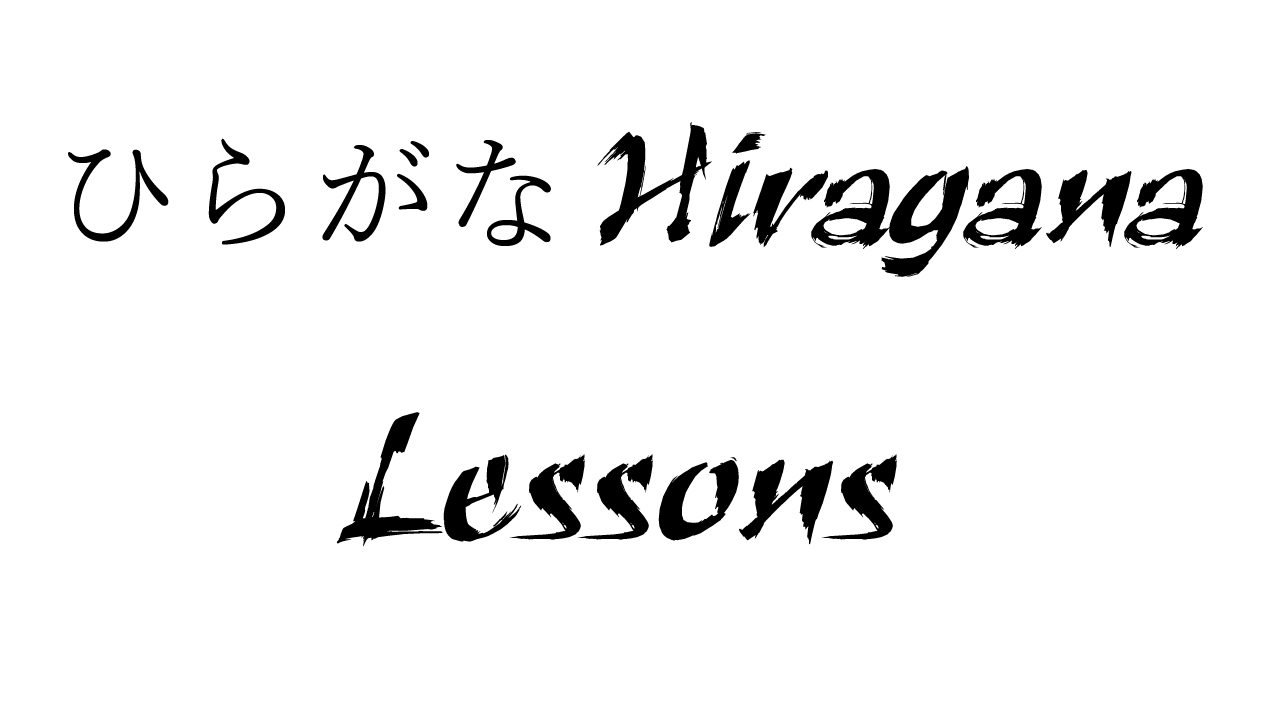Do you want to learn about the Japanese script known as Hiragana?
Hiragana is a set of symbols that are used as phonetic “alphabet” of sorts in the Japanese language. They are used for words that originate in Japan. Hiragana is also used with Kanji to clarify sentences, but we will not be covering Kanji in this post. There are thousands of different Kanji symbols!
Pronunciation
Each symbol has a specific sound tied to it, although a few may make slightly different sounds depending on how they’re used or the person using it. It’s very important to pronounce hiragana correctly. For those English speakers who have never studied Japanese, you may not know which sound to make. Below are some examples:
- A makes an ah sound as in appalled.
- I makes a sound like the letter E.
- U makes a sound like two Os as in goose.
- E makes an eh sound as in egg.
- O makes an oh sound as in okay.
- Ch makes a ch sound as in chocolate.
- R makes an R/L combo sound, similar to the rolling of your tongue in Spanish. You lightly flick the tip of your tongue onto the roof of your mouth.
- Ha makes both a Ha and a Wa sound when used certain ways in sentences. Beware!
- Fu actually makes more of a Hu sound, but is always written as Fu.
Some hiragana have a Dakuten or Handakuten on the top-right corner. A Dakuten looks like a quotation mark (“), and a Handakuten looks like a degree symbol (°). Adding these to a hiragana symbol will slightly change the sound. Not all hiragana use Dakuten or Handakuten.
From time to time you may see a small form of tsu つ. This is called a Sokuon. When you see this, you don’t pronounce it as tsu. You actually make an immediate and brief pause in pronunciation. In romaji, it will actually be two of the same letter that appears after the small tsu. かっこいい is kakkoii, which means cool. If you were saying it, you would pronounce it ka (brief pause) ko ii.
Base Forms
Below is a list of all base hiragana symbols and the sounds they make. The Dakuten and Handakuten forms are listed to the right of the base forms they alter.
[table “” not found /]Combined Forms
The i forms of each hiragana can be added before the ya, yu, and yo hiragana to create a new combined form. The ya, yu, and yo hiragana will be smaller than usual so readers can recognize it’s a different sound. Below is a list of all these combined forms
[table “” not found /]
